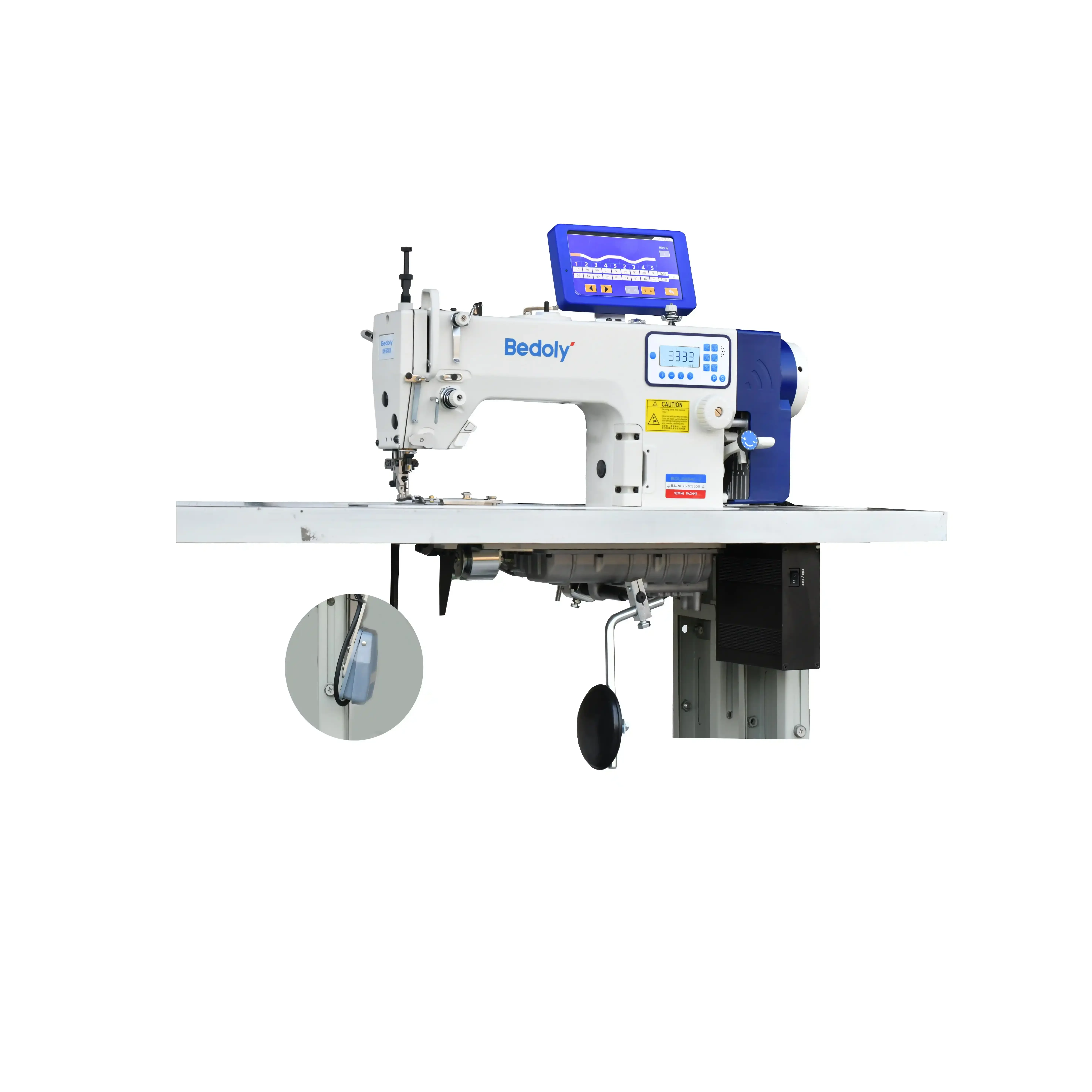In the rapidly evolving world of manufacturing and textile industries, the quest for efficiency, precision, and consistency remains paramount. One technological advancement that has significantly impacted these industries is the programmable machine for joining sleeves. This sophisticated piece of machinery offers numerous advantages over traditional methods, leading to enhanced productivity and quality. This article delves into the benefits of using programmable machines for joining sleeves, examining their impact on production processes, quality control, and overall operational efficiency.
Enhanced Precision and Consistency
Superior Accuracy in Sleeve Joining
Programmable machines are renowned for their precision. Unlike manual methods, which can be prone to human error, these machines operate based on exact programmed parameters. This precision ensures that every sleeve is joined with consistent alignment and seam quality. This accuracy is crucial for industries where even minor deviations can lead to significant issues, such as in the production of high-end garments or technical textiles.
Reduced Variability
By relying on programmable settings, these machines minimize variability between individual products. This consistency is essential for maintaining uniformity across large production runs. In contrast, manual processes often lead to inconsistencies due to varying skill levels and fatigue among operators. Programmable machines eliminate these factors, ensuring that each sleeve meets the same high standards.
Increased Production Efficiency
Faster Production Speeds
Programmable machines significantly enhance production speeds. Once programmed, these machines can join sleeves at a much faster rate than manual methods. This increased speed not only boosts overall output but also reduces labor costs. The ability to perform repetitive tasks quickly and accurately makes programmable machines a valuable asset in high-volume production settings.
Automation and Reduced Labor Costs
Automation is a key advantage of programmable machines. These machines can operate continuously, with minimal human intervention, which reduces the need for manual labor. This automation leads to lower labor costs and allows workers to focus on more complex tasks that require human expertise. Moreover, with fewer operators needed, companies can streamline their workforce and allocate resources more efficiently.

Improved Quality Control
Consistent Stitch Quality
Programmable machines ensure consistent stitch quality, which is crucial for maintaining the integrity and durability of the final product. The machine's precise control over stitch patterns and tension results in uniform seams that enhance the overall quality of the garment. This consistency reduces the likelihood of defects and improves the final product's aesthetic appeal.
Error Detection and Correction
Many programmable machines are equipped with advanced sensors and error-detection systems. These features allow the machine to identify and correct issues in real time, such as misalignment or thread breakage. By addressing problems as they occur, these machines help prevent defective products from reaching the market, thus reducing waste and improving customer satisfaction.

Flexibility and Versatility
Adaptability to Different Sleeve Types
Programmable machines offer remarkable versatility, allowing them to handle a wide range of sleeve types and designs. This adaptability is particularly beneficial for manufacturers who produce various styles or custom garments. By simply adjusting the program, the machine can seamlessly switch between different sleeve types, enhancing flexibility in production.
Customization Options
The programmable nature of these machines also enables customization of sleeve joining processes. Manufacturers can tailor the machine's settings to meet specific requirements, such as unique seam types or specialized stitching patterns. This level of customization is invaluable for producing bespoke garments or addressing unique design specifications.
Cost-Effectiveness
Long-Term Savings
While the initial investment in programmable machines may be higher than traditional equipment, the long-term savings can be substantial. Reduced labor costs, minimized waste, and increased production efficiency contribute to a lower cost per unit. Over time, these savings offset the initial expenditure, making programmable machines a cost-effective solution for many manufacturers.
Maintenance and Durability
Programmable machines are designed for durability and require less frequent maintenance compared to manual systems. The advanced engineering and automation reduce wear and tear, leading to lower maintenance costs and longer equipment lifespans. This reliability further enhances the overall cost-effectiveness of the investment.

Conclusion
The advantages of programmable machines for joining sleeves are manifold, ranging from enhanced precision and consistency to increased production efficiency and cost-effectiveness. These machines represent a significant technological advancement in the textile and manufacturing industries, offering benefits that extend beyond traditional methods. By embracing programmable technology, manufacturers can achieve higher quality, greater flexibility, and improved operational efficiency, ultimately leading to a more competitive edge in the market.
